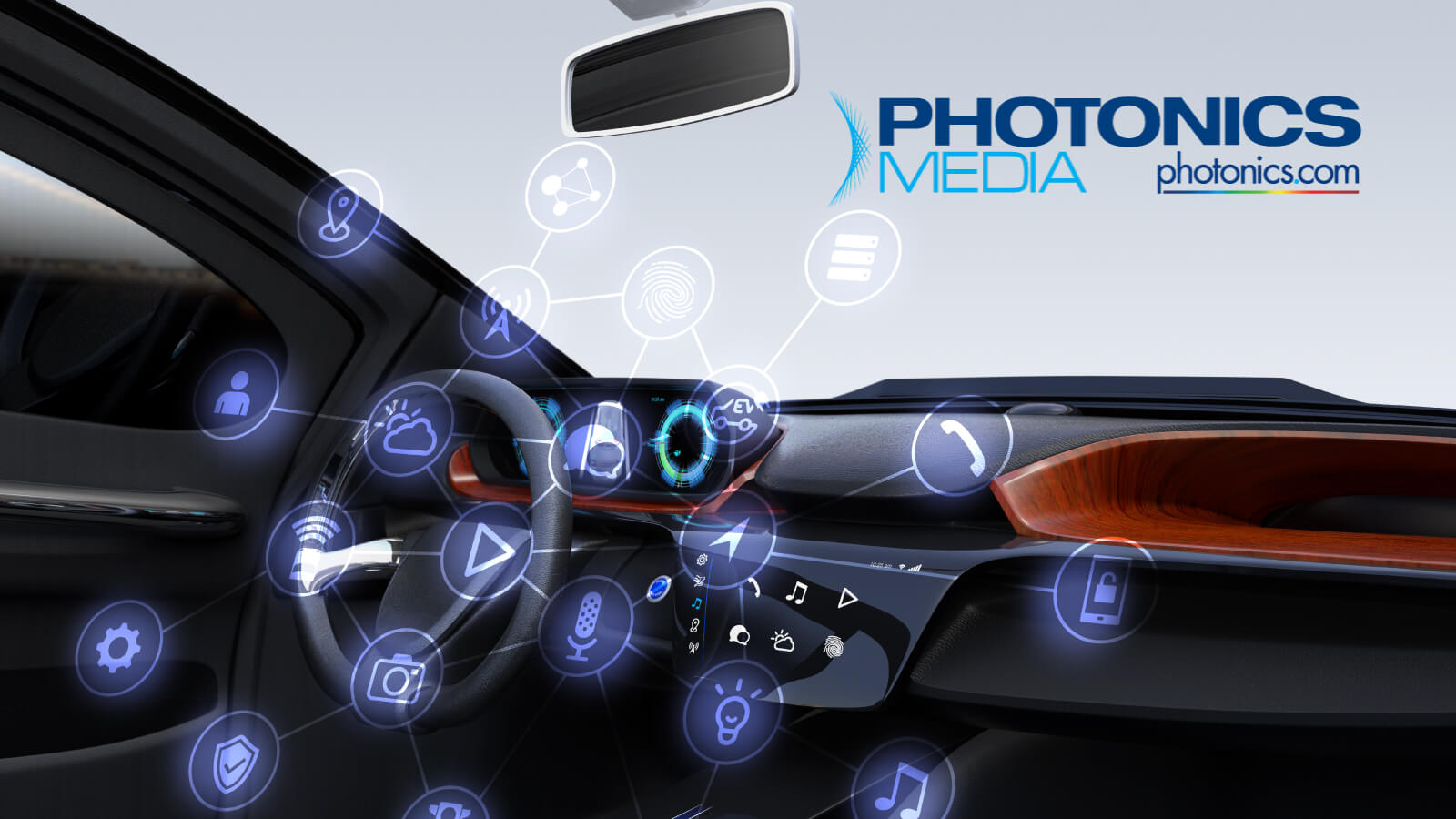In consumer-facing markets, driver-monitoring systems may offer new opportunities for VCSEL-based 3D sensing technology.
3D sensing could help provide access to a variety of functions and capabilities involving safety and comfort, with access enabled by advanced automotive electronics.
One 3D sensing method uses structured light, which involves projecting a pattern of dots. To avoid distraction and conserve power, these spots of light may be invisible and only appear in bursts. The dots hit an object and a sensor captures the reflection. The sensor then compares the location of the dots after they bounce off the object to the location where they appeared in the original pattern. The differences between the ideal and the actual provide depth information.
A second technique is time of flight (TOF), which calculates depth from the time it takes for a light pulse to travel to an object and back. This approach is used in LiDAR and can cover distances of hundreds of meters. Structured light, in contrast, is only good for relatively short distances, such as the few meters, at most, found inside a car cabin. Compared to TOF, structured light (a method based on triangulation) offers higher accuracy, which is a must for facial recognition.
Benefits of 3D
In-cabin applications of VCSELs are seeing a lot of activity, but today they appear only in high-end automobiles, said Gerald Dahlmann, director of strategic marketing for consumer electronics at II-VI Inc. of Saxonburg, Pa. The company is already shipping VCSELs in volume for optical touchpads in steering wheels and other uses, although not yet for depth sensing, he said.
He predicted that TOF sensors will come to the market in volume this year, which will push laser performance and drive advancements. According to Dahlmann, automakers and other OEMs want increased accuracy, higher pixel count, longer range, and lower power consumption out of 3D sensing systems.
For both in-cabin and short-range LiDAR, a 940-nm wavelength, which II-VI products offer, is preferred, he said. It’s well into the NIR and doesn’t emit a visible red glow. In addition, the sunlight spectrum has a local minimum at this wavelength, hence minimizing interference with 3D imaging from ambient sunlight.
The different 3D sensing techniques impose different requirements on VCSELs, Dahlmann said. In TOF, VCSELs are pulsed, and short rise-and-fall times are critical. The duty cycle is typically high, which means the operating temperature of the device can be at a maximum. II-VI has proprietary design and manufacturing methods that allow its devices to handle this environment, he said.
In contrast, structured light places different constraints on the light source. “For triangulation-based approaches, the uniformity of the dot pattern is most critical,” Dahlmann said. “It requires accurate control of beam parameters of the individual emitters.”
Beyond technology issues, other aspects of 3D sensing must also be worked out. For instance, depth sensing that ensures drivers are alert and paying attention to what’s going on around them benefits public safety and will likely save lives. But there are privacy concerns, particularly if a face can be tied to data, such as places visited or music preferences.

